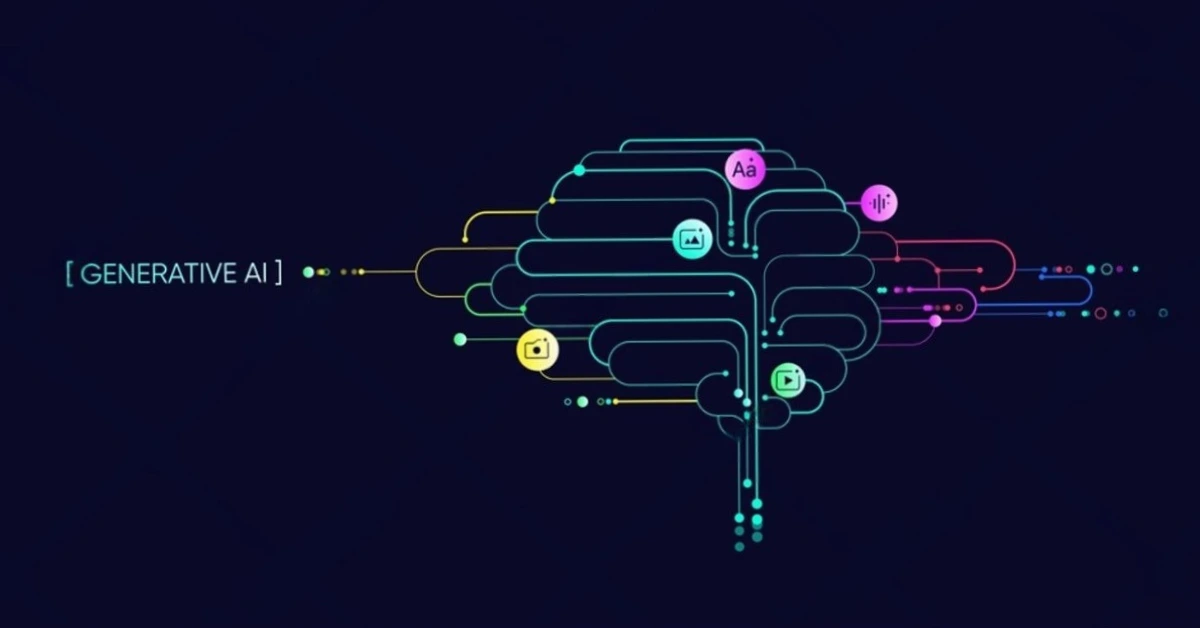Late at night in Lagos, a designer uploads files on a laggy connection while a videographer in Nairobi edits a brand reel on the bus. Across WhatsApp groups and small studios, creators ask the same thing: what will help me make more, faster, without a big team or budget? Generative AI is the quiet extra pair of hands. It writes captions, builds the first cut, suggests a layout, and even hums a backing track. You spend less time wrestling with tools and more time on taste and story.
This is not magic. It gives solo creators and small studios a simple way to sketch ideas, test options in minutes, and keep output consistent across channels. With the right picks, you can work on your phone first, save data, and export in the formats clients expect. The sections below keep everything plain, practical and easy to skim.
What is generative AI?
Generative AI is a subset of artificial intelligence that creates new material text, pictures, music, and even video. Treat it as a creative partner that helps you brainstorm, produce first drafts, and polish work you have already started.
These models do more than a basic chatbot. Because they learn patterns from large datasets, they can generate outputs they were not hand-coded to produce.
Even when the results read or look human, these systems do not “think” like people or possess human intelligence.
They use machine learning to imitate patterns found in their training data. Generative tools are reshaping the creative economy, but they remain a long way from human-level reasoning or understanding.
How do generative AI models work?
Text (transformers)
Most text tools use transformer models. They read your prompt and, one step at a time, predict the next piece of text (a word or part of a word). A built-in method called self-attention. This model focuses on the most important parts of what you wrote and any earlier context. This transformer approach, first set out in the research paper Attention Is All You Need, is the backbone of today’s large language models.
Images and video (diffusion)
Many image and video tools use diffusion models. During training, they learn how to undo noise added to pictures. When you generate something, the model starts from random noise and gradually removes it until a new image or clip that matches your prompt appears like clearing static from a photo until the scene comes into view.
Top generative AI tools
Text-based tools
1. ChatGPT
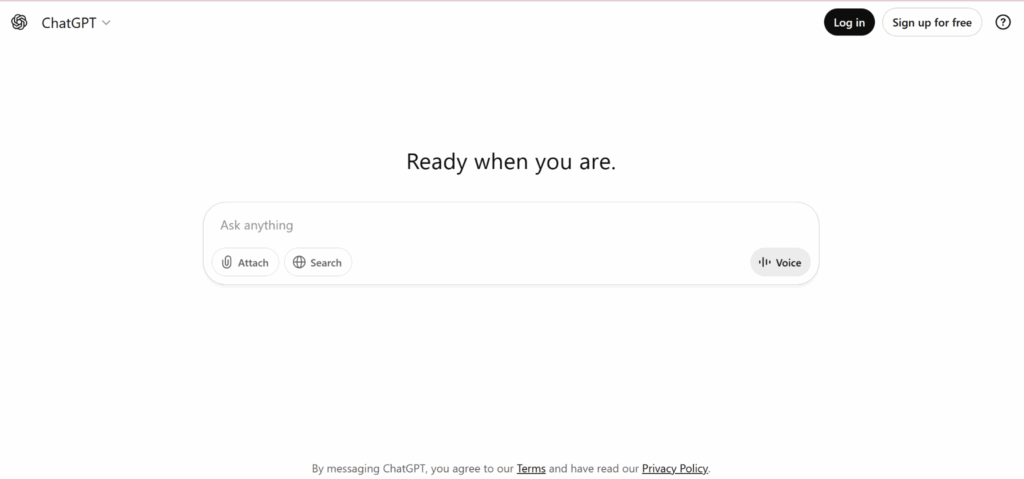
ChatGPT is a general-purpose writing assistant for scripts, captions and outlines. It offers fast drafting, summaries and tone fixes on web, iOS and Android. You can use it to turn three bullet points into a 60-second reel script or polish a client email. It helps African creators work quickly on mobile and keep projects moving.
Limitations:
- Can sound confident but be wrong if you do not fact-check.
- Free tier has usage limits; advanced features sit behind paid plans.
2. Claude
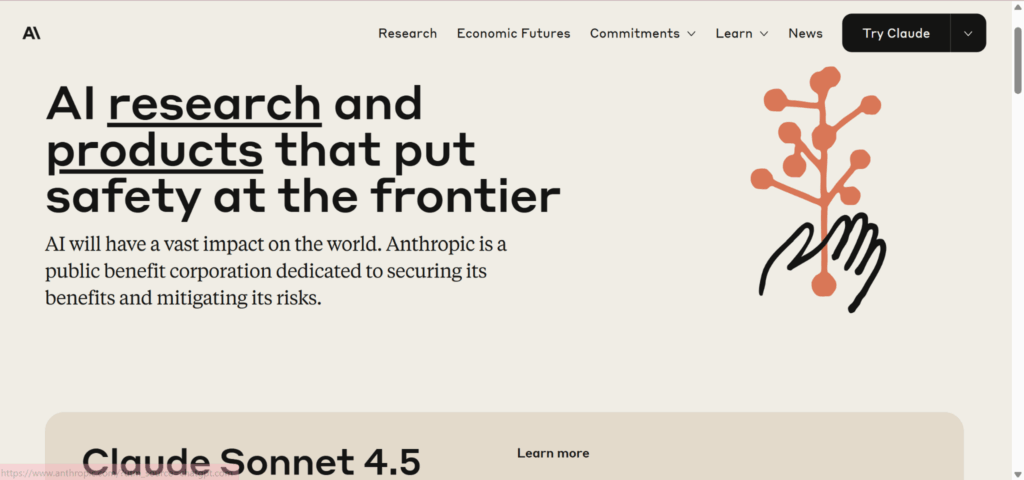
Claude is a careful, long-context assistant for research-heavy writing. It offers strong summarising, structured outlines and steady edits in the browser. Use it to clean interviews, condense long reports and draft thoughtful articles. It suits creators who handle deeper stories or brand guides.
Limitations:
- Some features and access vary by region and plan.
- Context and file size limits still apply on big projects.
3. Gemini for Workspace
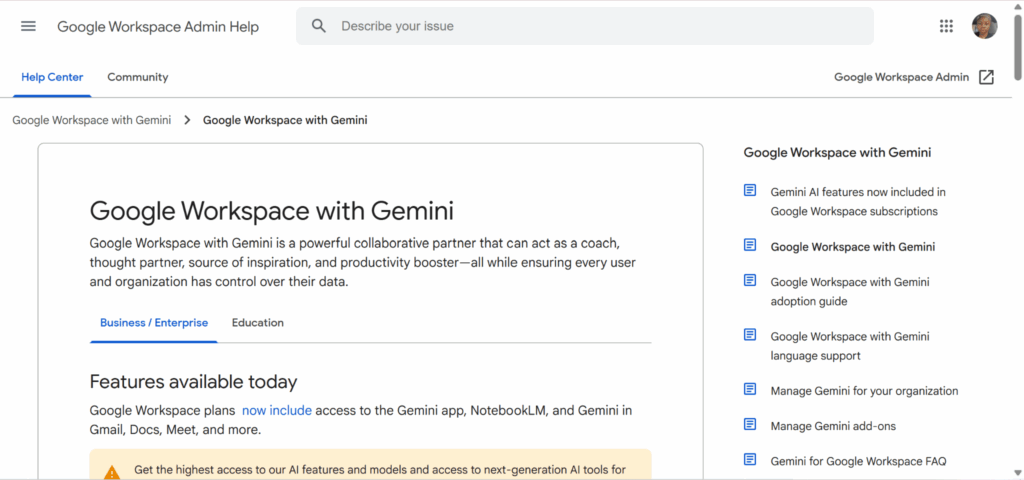
Gemini lives inside Gmail, Docs and Slides for teams already on Google. It offers email drafts, document clean-ups and quick slide starters. Use it to turn a brief into a deck and reply to clients faster from the same suite. It keeps shared work tidy without switching apps.
Limitations:
- Best inside paid Google Workspace; features vary by plan.
- Needs stable sign-in and cloud access to work well.
Image and video tools
4. Adobe Firefly
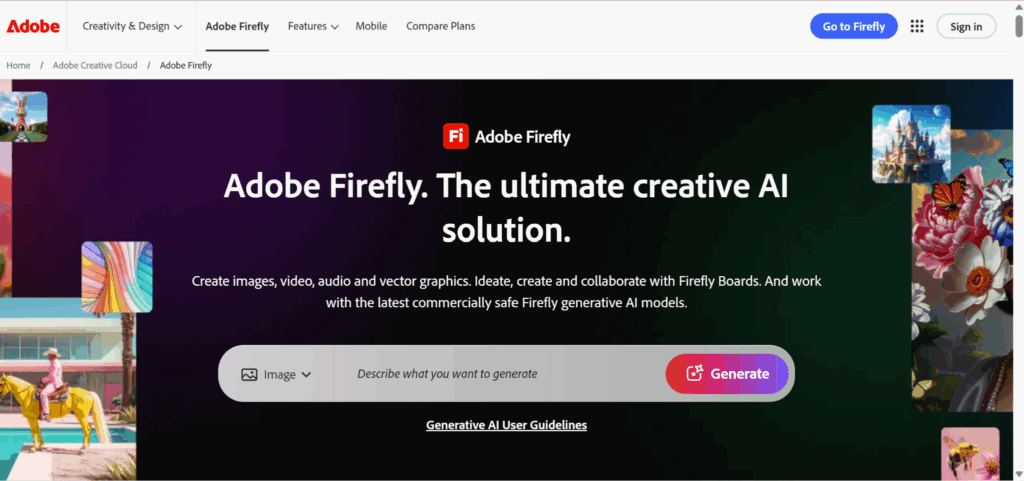
Firefly is prompt-based image generation and smart editing for design tasks. It offers text-to-image, background extend and style variations with commercial use in mind. Use it to make product mock-ups, posters and clean thumbnails for clients. It helps creators deliver brand-safe visuals fast.
Limitations:
- Free credits are limited; heavier use needs a subscription.
- Desktop apps can be demanding on bandwidth and hardware.
5. Canva Magic Studio
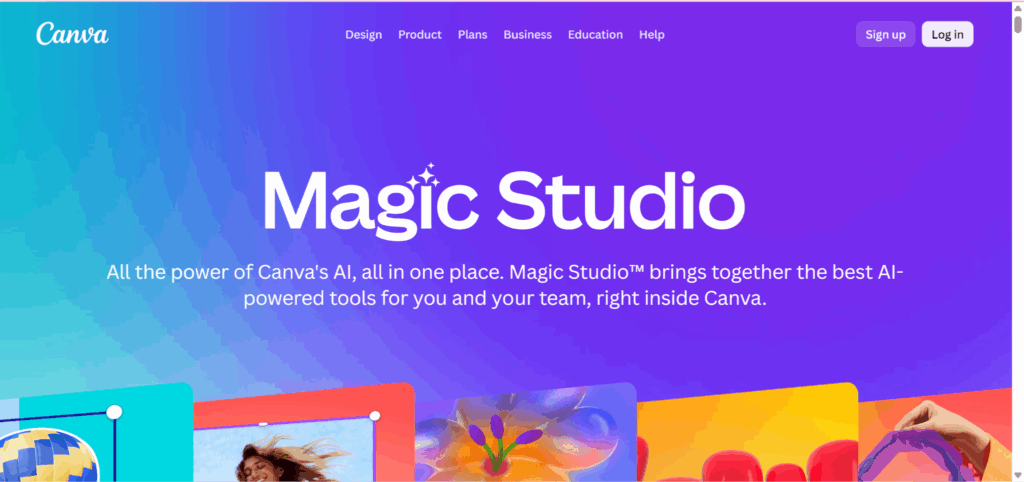
Magic Studio is Canva’s AI set for text, design and quick video in the browser. It offers Magic Write, Magic Design and Magic Media with simple templates and exports. Use it to spin up full social sets and one-pagers from one prompt. It is friendly on mobile and good for quick turnarounds.
Limitations:
- AI credits cap on free plans; brand controls sit behind paid tiers.
- Complex edits and long videos are still better in pro tools.
6. Runway
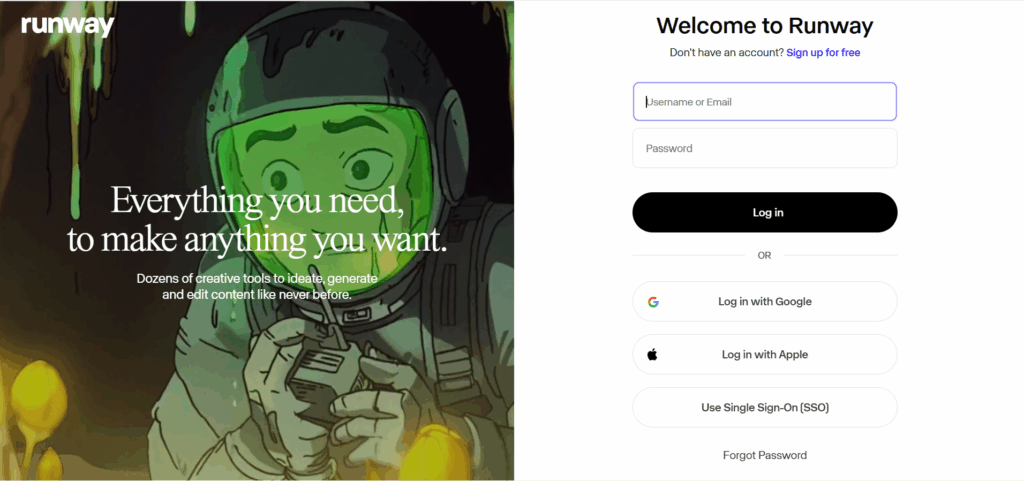
Runway is an AI video tool for text-to-video and image-to-video clips. It offers motion controls, frame tweaks and a clean editor for short promos. Use it to build eye-catching openers and concept shots without a heavy suite. It helps small teams pitch ideas with moving visuals.
Limitations:
- Free renders are short and may include watermarks.
- Credit use can be high; good internet helps with uploads and edits.
7. Pika
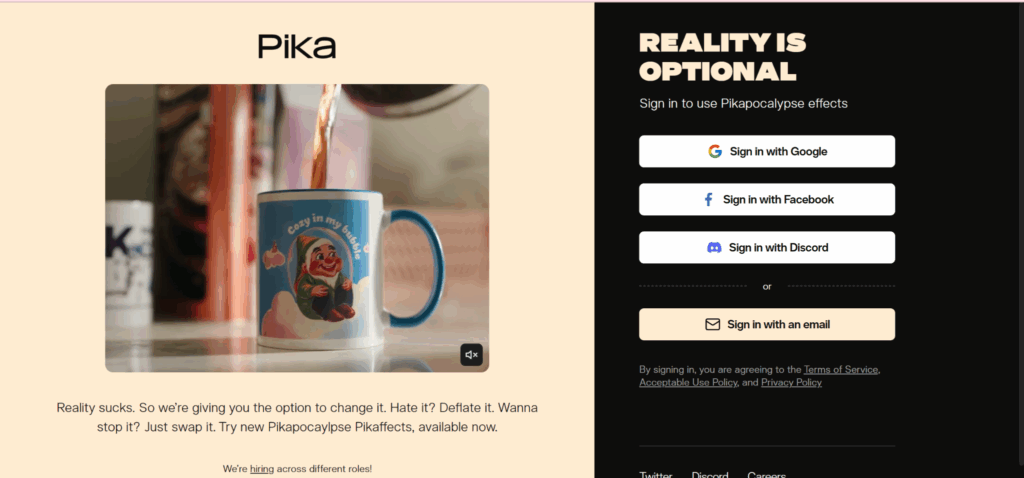
Pika is a simple idea-to-video generator that runs in your browser. It offers quick styles, basic edits and credit-based renders for short clips. Use it to make teasers, stylised shorts and animated intros for social. It is an easy first step into AI video.
Limitations:
- Clip length and quality are limited on free tiers.
- Fewer pro controls than heavier video editors.
Code and design tools
8. GitHub Copilot
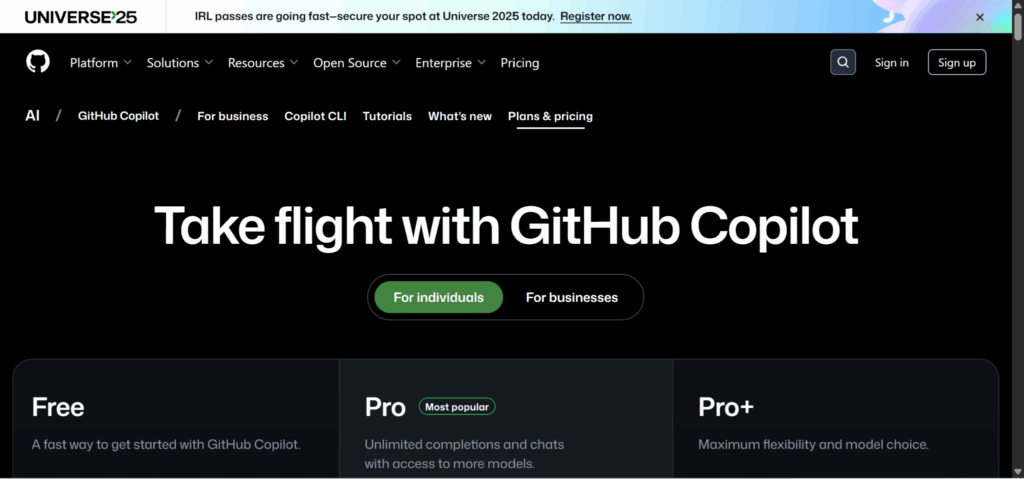
Copilot is an AI coding assistant inside popular editors. It offers autocomplete, code chat and quick snippets that speed small builds. Use it to ship landing pages, fix scripts and automate parts of your workflow. It helps creators who mix content with light web work.
Limitations:
- Generally paid; requires basic coding knowledge.
- Suggestions can be insecure or wrong without review.
9. Figma AI
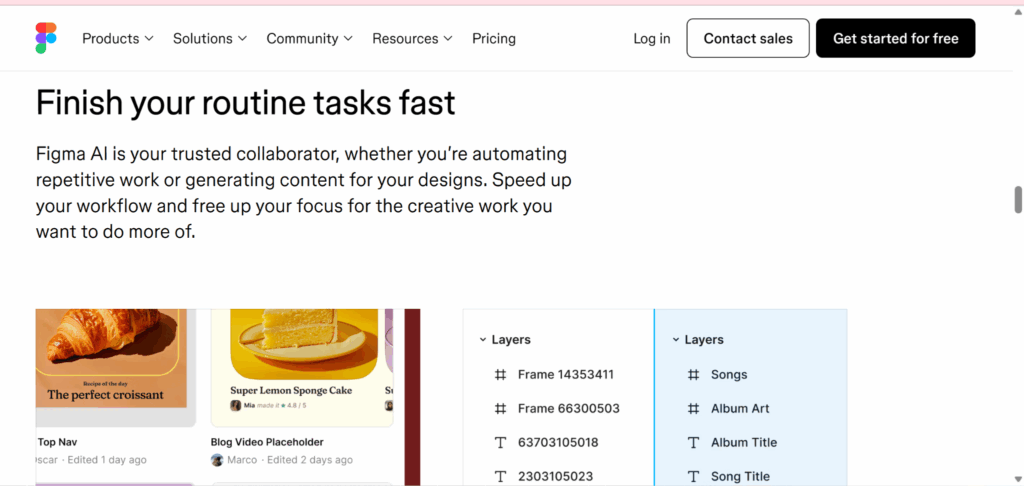
Figma AI adds drafting and search inside your design files, and Make can turn prompts into app starts. They offer quick wireframes, asset finds and content suggestions. Use them to draft UI mock-ups, assemble brand kits and present tidy layouts. They cut layout time for client pitches.
Limitations:
- Some AI features are paid; collaboration needs a stable internet.
- Code hand-off from Make is a start, not a finished app.
10. Framer AI
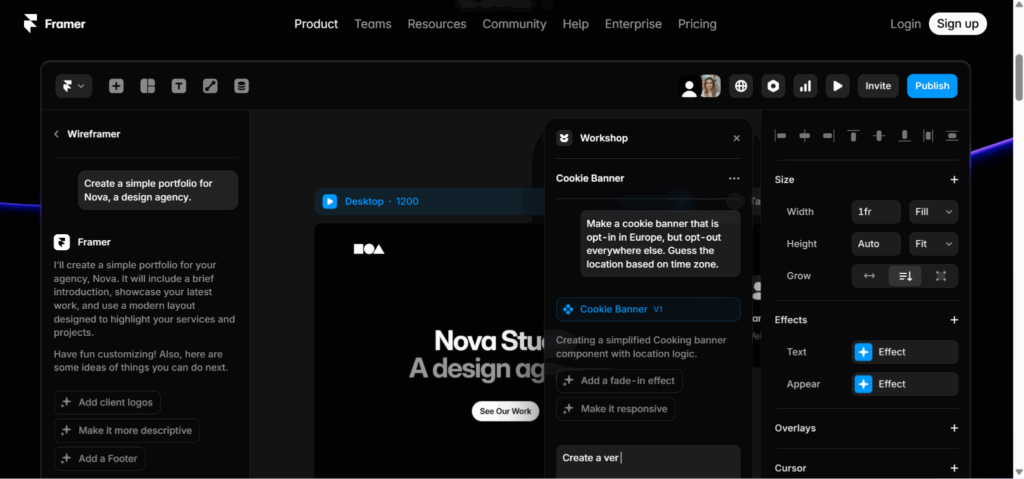
Framer AI turns designs and prompts into live websites. It offers copy suggestions, alt-text helpers and one-click publish with hosting. Use it to launch portfolio sites and campaign microsites fast. You can tweak everything in the browser with no extra tools.
Limitations:
- Custom domains and advanced options need paid plans.
- Limited for complex back-end logic or heavy integrations.
Music and audio tools
11. Suno
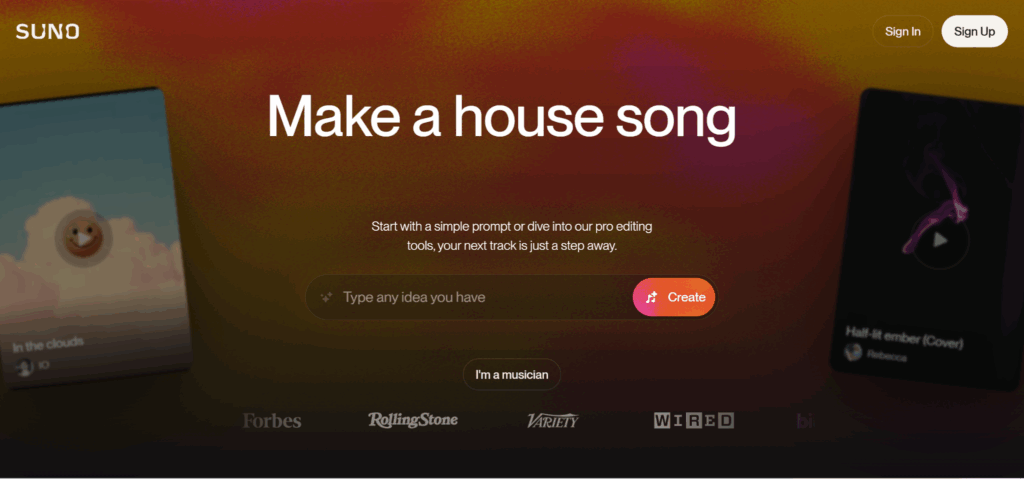
Suno is a prompt-to-song tool for quick music creation. It offers styles, lyric control and simple edits in the browser. Use it for reels, podcast intros and short ad stings. It gives creators easy beds without a studio.
Limitations:
- Free credits are limited; check commercial-use terms.
- Quality can vary by prompt and style.
12. Udio
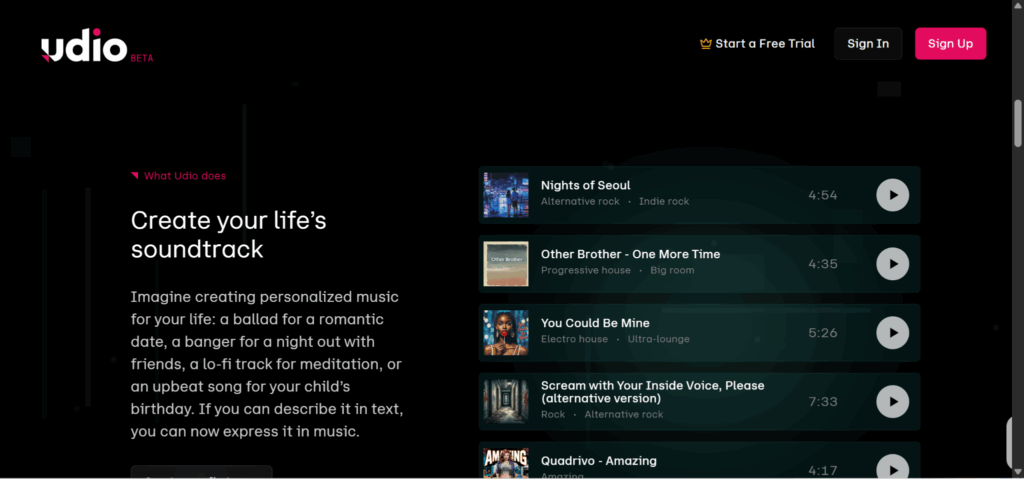
Udio generates loops, hooks and full tracks from short prompts. It offers remixing, style choices and easy downloads. Use it to craft themes for channels and background loops for videos. It is handy when you need quick music on a budget.
Limitations:
- Free usage is capped; licensing depends on plan.
- Outputs may need extra editing in a DAW for polish.
Other generative AI tools
13. Notion AI
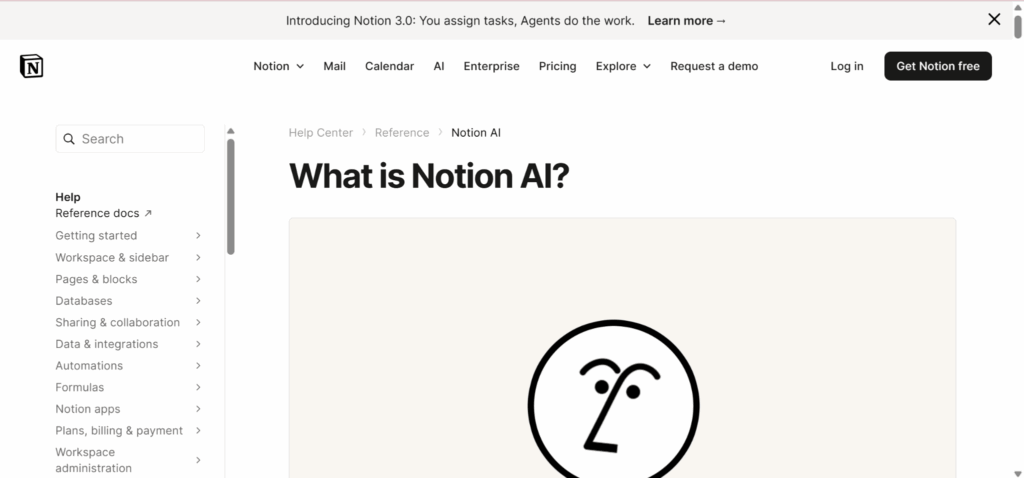
Notion AI brings drafting and summaries into your notes and docs. It offers meeting notes, task clean-ups and research mode inside workspaces. Use it to keep content calendars tidy and turn rough notes into usable outlines. It suits teams who already live in Notion.
Limitations:
- Many AI features are a paid add-on.
- Best value only if your projects sit in Notion.
14. NotebookLM (Google)
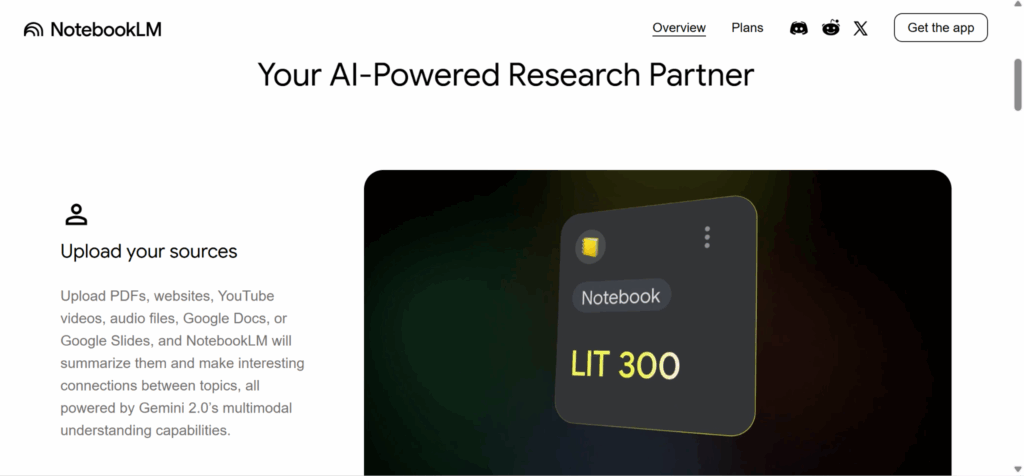
NotebookLM is a research helper that reads your sources. It offers grounded summaries, outlines and narrated overviews linked to your docs. Use it to prepare briefings, lesson notes and client packs from PDFs and links. It is great for research-led creators and educators.
Limitations:
- Availability varies by country and account.
- Works best with clean, well-formatted source files.
15. Character.ai
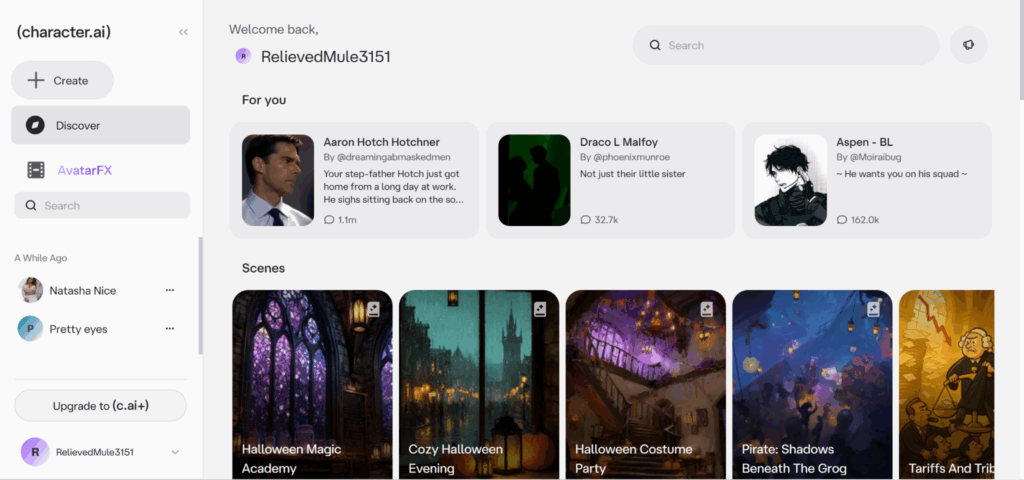
Character AI is a text-first chatbot that can also speak. It offers text-to-speech with 20 English voices and support for 16 other languages, plus optional voice input. Use it to role-play, rehearse interviews, draft dialogue and build character-led stories for socials. It makes long chats easier to follow.
Limitations:
- You can’t add custom voices to characters.
- You can’t change the voice of another user’s character.
Quick note on working conditions
Most African creators work on their phones and often face unreliable internet. Choose tools you can test for free, that export clean files (no watermarks, standard formats), and that run on the web plus Android/iOS. Favour apps that work on low data and save work offline; if possible, pick ones with simple integrations or APIs so you can link your tools together later.
Bottom line: pick one job to automate this week’s scripts, layout, clip, track and prove value on a free tier before you add anything else. Keep rights clear, exports simple, and your workflow light enough to run on everyday devices.
Get passive updates on African tech & startups
View and choose the stories to interact with on our WhatsApp Channel
Explore
